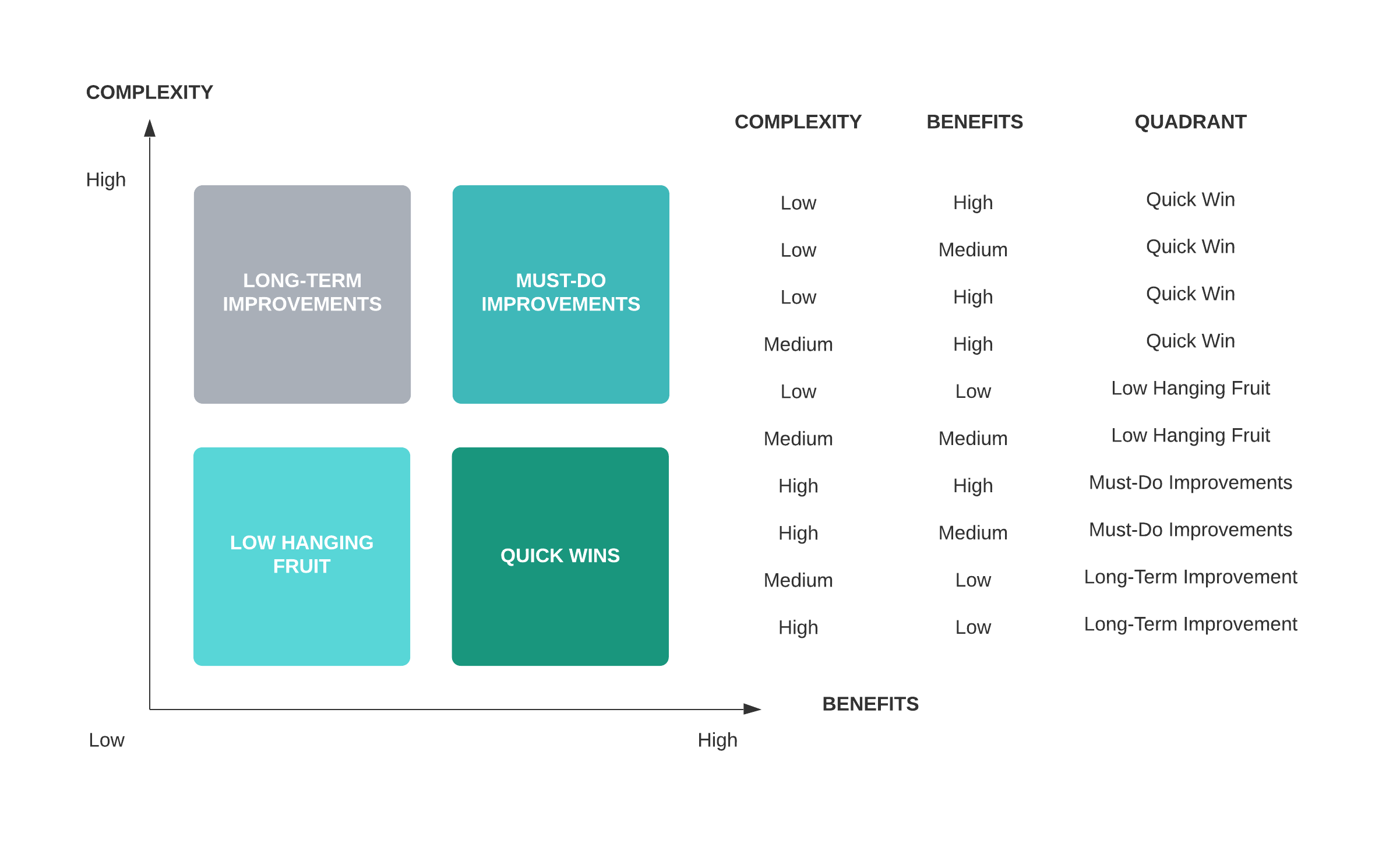Today, many of us are working in organizations that are undergoing digital transformation. And organizations that built their businesses before the pre-digital age are undergoing the process rapidly in order to thrive and stay competitive in the digital era. On the other hand, those who operated during the digital era are staying as agile as ever to deliver value faster.
Although not new, the role of business analysts in these digital transformation projects have taken a vastly important role. Business analysts act as a liaison between the business department and the technical solution delivery team and bring the project from initial ideation up to project completion and continuous improvement. In a study, the U.S. Department of Labor projects demand for business and management analysts will grow 11% from 2019 to 2029, much faster than average for all occupations due to the need for organizations to control costs and improve efficiency.
In this article, we will cover the main responsibilities of a business analyst and skills necessary to be successful in the role.
What does a BA do
One of the main responsibilities of a business analyst is to gather the process requirements and corroborate that information in order to create the process documentation, including business scenarios, known exceptions and handling rules, existing process restrictions and dependencies, and any other information considered relevant for the full scope of the project. To be successful in the role, from a knowledge standpoint, business or industry knowledge is also a must. This type of knowledge and experience helps a business analyst grasp the business process, subprocess, and specific policy in its entirety.
But more specifically, business analysts are in charge of transferring knowledge from the business unit to the technical solution level (the developers for example), so a proper understanding of every single business requirement is mandatory. The purpose is to ensure that the technical solution satisfactorily suits the needs of the business department.
Once the technical team finishes the design and the development of the solution, the business analyst analyzes and confirms whether it matches all the specified business criteria.
At first glance, it does seem quite extensive as these responsibilities can touch on various phases of the project – from data gathering and analysis, initial ideation, solution design, building of the solution, testing, stabilizing, and applying constant improvements. And this is primarily why the role is gaining more and more prominence as digital transformation projects need effective and efficient stewards who can look at project resources, progress, timeline, and budget – all at the same time.
So what skills are needed to be successful in the role? Let’s cover five of the most important ones.
Curiosity
Most often, business requirements are not very precise or easy to infer. As a result, an essential trait of a good business analyst is curiosity. Many questions need to be asked and many aspects of the process need to be covered, and the reasons behind different procedures need to be understood. A useful tool to have is the Five Whys Framework, an iterative interrogative technique where one repeats the question “Why?” five times in order to understand the cause-and-effect relationships, eventually leading to the main or root cause of a problem.
This type of contribution on behalf of a business analyst often leads to the identification of unforeseen requirements. And because the existing ones are distinctly defined, the entire process and subsequent actions are smoothened.
An example of a Five-Why Analysis. Image Source: Business Analyst
Communication
Communication skills are of utmost importance in a business analyst. As we have seen above, business analysts need to know how to ask smart questions to uncover problems. At the same time, they also need to present concise explanations to all the involved parties – and must effortlessly speak business or technical language depending on the audience – to make sure that there aren’t any knowledge gaps, and that everything is well understood.
Morever, communication skills become even more critical during the change management process where a business analyst also uncovers the fears, anxieties, and priorities of individuals that will be affected by the digital transformation program.
Patience
In the case of Robotic Process Automation, the benefits of the project can span a wide variety of activity areas and departments. Therefore, a business analyst should possess knowledge in multiple domains to be able to provide optimal solutions. So patience in working with different people and understanding their different concerns and aligning with their objectives is necessary.
Agility
Organizations want to implement more in less time in order to maximize results. Competent business analysts are aware of the fact that extensive documentation are not always preferred by organizations. As such, they must know how to properly balance the right amount of process documentation needed versus the expected results that must be delivered.
One framework that can be used is putting the scoped projects under four matrix: quick wins, low-hanging fruit, must-do improvements, and long-term improvements. This is a great tool to identify which projects to prioritize based on a project’s level of complexity and results it can deliver for the business.
From a documentation standpoint, creating smart documents (formulas, templates, flowcharts) with clear and concise information help guide project members about the goals and requirements that need to be delivered for a project. It is critical for a business analyst to be familiar on how to navigate these tools as this can help speed up any documentation process and help move the project in a faster way.
This then requires business analysts to stay on top of new technology, tools, and solutions that can ease the handled process or project. Strong analytical skills ensure that the potential use of new methods is recognized at the right time.
Vision
Finally, vision is an indispensable skill in a business analyst, who needs to look at every project from an integrated, end-to-end, and organized approach. Whether we’re talking about requirements gathering, communication with the technical users, or UAT, it is critical for a business analyst to always keep the larger picture and the end-goal in mind.
Interested in becoming a business analyst? Start auditing your skills, knowledge, and familiarity with the tools that business analysts use to identify any gaps today. The trend points that this skill will be in demand in the next 10 years, so it might be a career that is worth investing.
Main image by: You X Ventures on Unsplash













